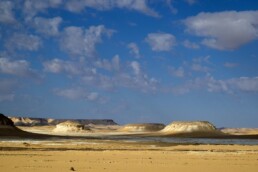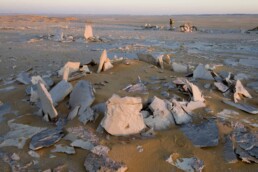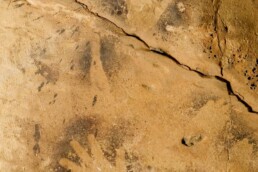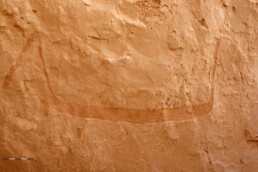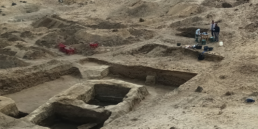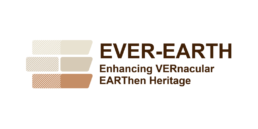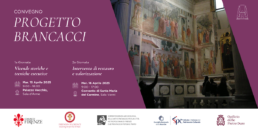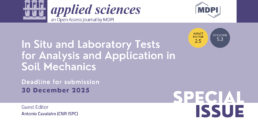Farafra Oasis Prehistoric Project
Acronym: FOPP
Description
The main objectives of the Farafra Oasis Prehistoric Project (FOPP) are to reconstruct population dynamics in the Egyptian Western Desert during the Holocene and to gain a better understanding of the role played by the oases as mediators of exchanges between the Eastern Sahara and the Nile Valley during later prehistory.
Between the 7th and 6th millennia BC, Farafra witnessed the emergence of a local culture characterized by semi-sedentary settlements, lithic technologies of high manufacturing standards, and artistic production evidenced by rock art sites. The human groups that settled in these proto villages continued to practice hunting and gathering of locally available resources, alongside caprine herding, which began around 6,100 BC. The evidence of domestic caprines from Farafra is among the oldest in all of Africa.
As the climate deteriorated and aridity increased after ca. 5,000 BC, the human groups that had settled in Farafra began a steady migration towards the Nile Valley, contributing to the cultural developments of the regions that, centuries later, would witness the emergence of Egyptian civilisation.
Project information
- Italian project leader: CNR ISPC and ISMEO
- Partners: Ministry of Tourism and Antiquities, Egypt
- ISPC Scientific coordinator: Giulio Lucarini
- Involved Countries: Italy – Egypt
- Site/Area/Case study: Farafra Oasis, Western Desert
- Status: ongoing
- Funding: MAECI (2018-2024); MUR via ISMEO (2018-2024); CNR (FOE 2023); Bilateral Project Italy-Poland ‘NePlUS’ (2023-2024); Ethnos-Kalos Foundation (2024-2025)
- Link Almanacco della Scienza →
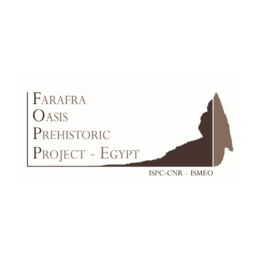
For further information on the research topic, visit our Groups & Labs
